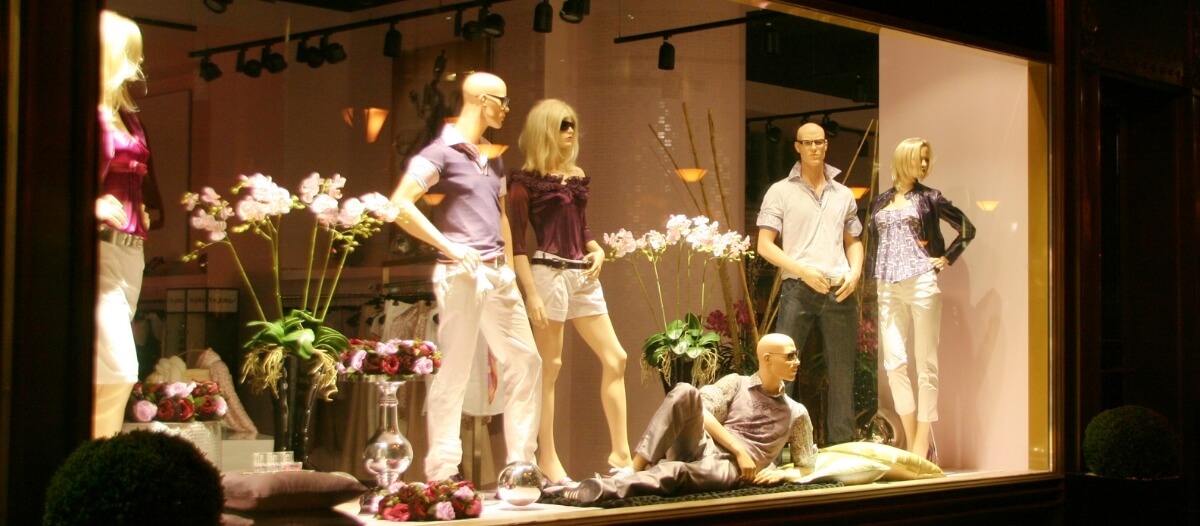Merchandising plays a vital role in retail, captivating customers and driving sales. From captivating window displays to strategically planned in-store layouts, the science of merchandising encompasses various techniques aimed at creating an immersive and enjoyable shopping experience. With the assistance of professional merchandising services, retailers carefully consider factors such as colour, lighting, composition, and seasonal relevance to effectively communicate their brand’s message, highlight key products, and create an emotional connection with passersby through their captivating window displays.
This article will shed light on the different elements of effective merchandising and how they contribute to the success of retail businesses.
The Power of Window Displays
Window displays serve as the first point of contact between a store and its potential customers. They have the power to attract attention, spark curiosity, and entice people to step inside. A well-designed window display should communicate the brand’s message, highlight key products, and create an emotional connection with passersby.
To achieve this, retailers must carefully consider colour, lighting, composition, and seasonal relevance factors. For instance, a festive-themed window display can evoke joy and excitement during the holiday season. Additionally, incorporating interactive elements or storytelling techniques can further engage customers and encourage them to explore the store further.
Layout and Flow
Once customers enter a store, the layout and flow of the space greatly influence their shopping experience. The goal is to guide customers through the store logically and effortlessly, ensuring they can easily find what they need while exposing them to additional products.
Strategic placement of merchandise is key to achieving this objective. The most commonly used layout strategies are grid, loop, and free-flow layouts. A grid layout arranges aisles and fixtures in a straightforward, organised manner, making it ideal for grocery stores. As the name suggests, a loop layout creates a circular path, encouraging customers to explore the entire store. On the other hand, a free-flow layout allows for more flexibility and creativity, often seen in boutique or specialty stores.
Visual Merchandising
Visual merchandising is an art that combines creativity and psychology to maximise the appeal of products and stimulate purchasing behaviour. It involves using various visual elements such as colour, lighting, signage, and displays to create a visually pleasing and impactful environment.
Colour psychology plays a crucial role in visual merchandising. Different colours evoke different emotions and influence customers’ moods and purchase decisions. In addition to colour, lighting can dramatically impact the perception of merchandise. Bright, well-lit areas draw attention and highlight key products, while softer lighting can create a cosy atmosphere. Furthermore, well-placed signage and displays help guide customers to specific areas, promote promotions or new arrivals, and enhance the overall visual aesthetics of the store.
Product Placement and Cross-Selling
Strategic product placement within a store can significantly influence sales. High-demand or impulse-buy items are often placed near the entrance or checkout counters to catch customers’ attention. Similarly, placing complementary products in close proximity encourages cross-selling and can lead to higher average transaction values.
End Caps, displayed at the end of aisles, are prime locations for promoting featured products or special offers. They create a sense of urgency and drive impulse purchases. Additionally, placing related items together, such as displaying shoes and handbags side by side, encourages customers to envision complete outfits or coordinated accessories.
In conclusion, the science of merchandising plays a crucial role in creating captivating retail experiences that drive sales and establish a strong brand presence. By leveraging the expertise of merchandising services, retailers can effectively engage customers, increase sales, and create a lasting impression. Whether through innovative visual merchandising techniques, strategic product placement, or creating interactive and memorable experiences, merchandising services are essential partners in the success of modern retail.
